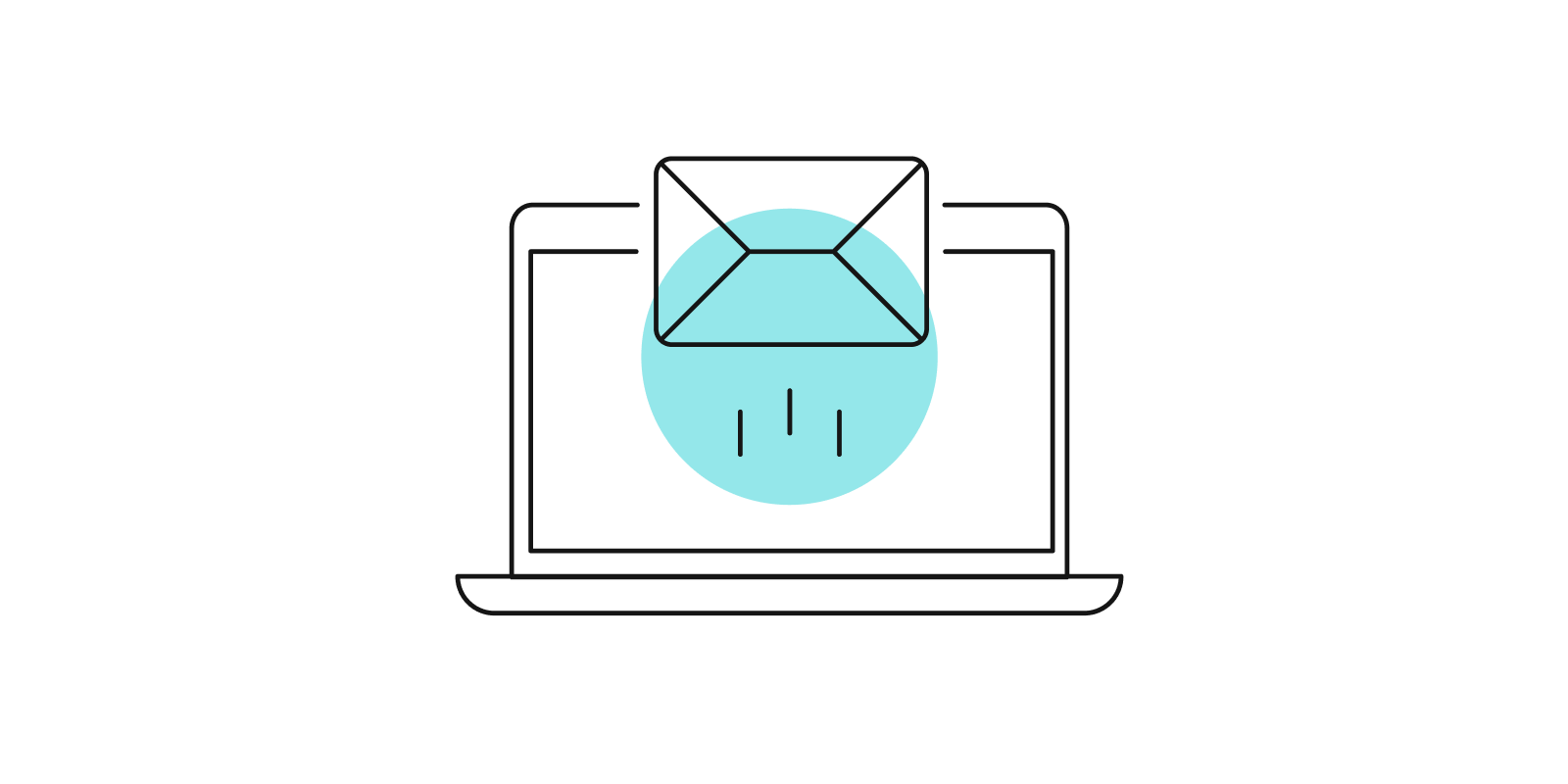
How To Make Group Projects More Valuable (and Less Terrible!)

Admit it, group projects can be a drag – not only for your students, but also for you as the instructor. So why do we do them? To quote one of my class alums, “Life is one big group project.” Working with others in an academic, professional, and personal settings is unavoidable. We as instructors know there is inherent value for students in doing group work, but too often a poorly designed project allows for the negatives to overshadow the benefits.
Let’s first acknowledge the most common complaints we hear from students about group projects.
“Why are we doing this?”
“I do all the work.”
“I don’t have time for this.”
“My partners ghosted me.”
“Why does he also get an A when I contributed more?”
“I just want to do my own thing in my own way.”
“This topic is not what I want to do nor the group I want work with.”
Frankly, given the design of many group projects, these are often valid complaints. No student wants to feel burdened by a seemingly pointless and time-consuming project that has unfair grading. How can we design group projects that will be a positive experience for students (and for us), show them the benefits of collaboration, and give them to tools needed to deal with challenges that may arise? I’ve included a data analysis group project in my Quantitative Literacy course for 20 years. Having redesigned, revised, modified tweaked, adjusted, and adapted it many times over those years, let me share with you what I’ve learned.
How To Make Group Projects More Valuable (and Less Terrible!):
- Transparency. Take the time to explain the intention, purpose, and objectives of the project, specifically the benefits of collaboration as well as the potential challenges and how you will deal with them. Have a clear grading rubric for each part of the project.
- Incorporate low stakes group work throughout semester. Smaller, “one off” group experiences, even just “compare your answer with your neighbor” or “think, pair, share,” prepare students for the larger project to come. Once the larger project begins, they will have built rapport with their fellow students and seen some of the benefits of collaboration.
- Give students some choice in topic and/or group members. In my course, I give students a few topics to choose from. The students who choose the same topic constitute the group. By choosing the same topic, group members start with something in common.
- Start with individual work. Start the project early in the term with a few building block assignments that students complete on their own first. Give a grade, feedback, and the opportunity to revise that work before the group portion begins. This guarantees each student has something to contribute to the final product.
- Provide time for group work during class. Scheduling time to meet with other students outside of class can be a big challenge, especially for students with heavy class loads, jobs, and/or family responsibilities. Schedule some time during class for the group, even it is just time to assign tasks to be done by individuals between class meetings or time to check in on progress. This can keep members on task and on schedule. Also, it gives you the opportunity to monitor participation and progress among the group members. When all work is done outside of class, you have no idea who has done what and how much each member contributed.
- Use technology. Utilize Google docs, messenger apps, or Groups on your learning management system. These are great ways for students to communicate, share work, give and receive feedback, and edit work between in person meetings.
- Follow up with individual reflection. After submission, ask students to reflect on the experience—what went well, what was challenging, how well did they work with others, what did they contribute to the final product, what did they learn, what will they take to their next group project experience, any suggested changes to the project.
- Not same grade for all group members. For example, 25% of final project grade is based on the individual assignments, 10% based on participation in group portion, 10% on individual reflection, and 55% of grade based on final product produced by the group.
A well-designed project can mitigate the common complaints about group work and enhance the benefits. By giving students a choice and a voice, opportunities to help and be helped, flexibility and agency, and support and freedom, you just might find out how to make group projects more valuable.
Share your thoughts and ideas on group projects in the comments.
Do you have a compelling story or student success tips you’d like to see published on the Pearson Students blog? If you are a college student and interested in writing for us – click here to pitch your idea and get started!
About the author

Cathy Evins
Cathy Evins is a Teaching Professor at Roosevelt University in Chicago, IL and previously taught at DePaul University. At Roosevelt, she is the co-coordinator of Developmental and General Education math courses as well as supervisor of the Learning Commons math tutors. Her work has focused on first year student success. Her specialty is an Excel-based, data analysis Quantitative Literacy course. She has master’s degrees in both Math Education and Counseling (a combination she recommends). Cathy has also worked with Pearson on the Digital Advisory Board and as a member of the ICTCM Program Committee.



